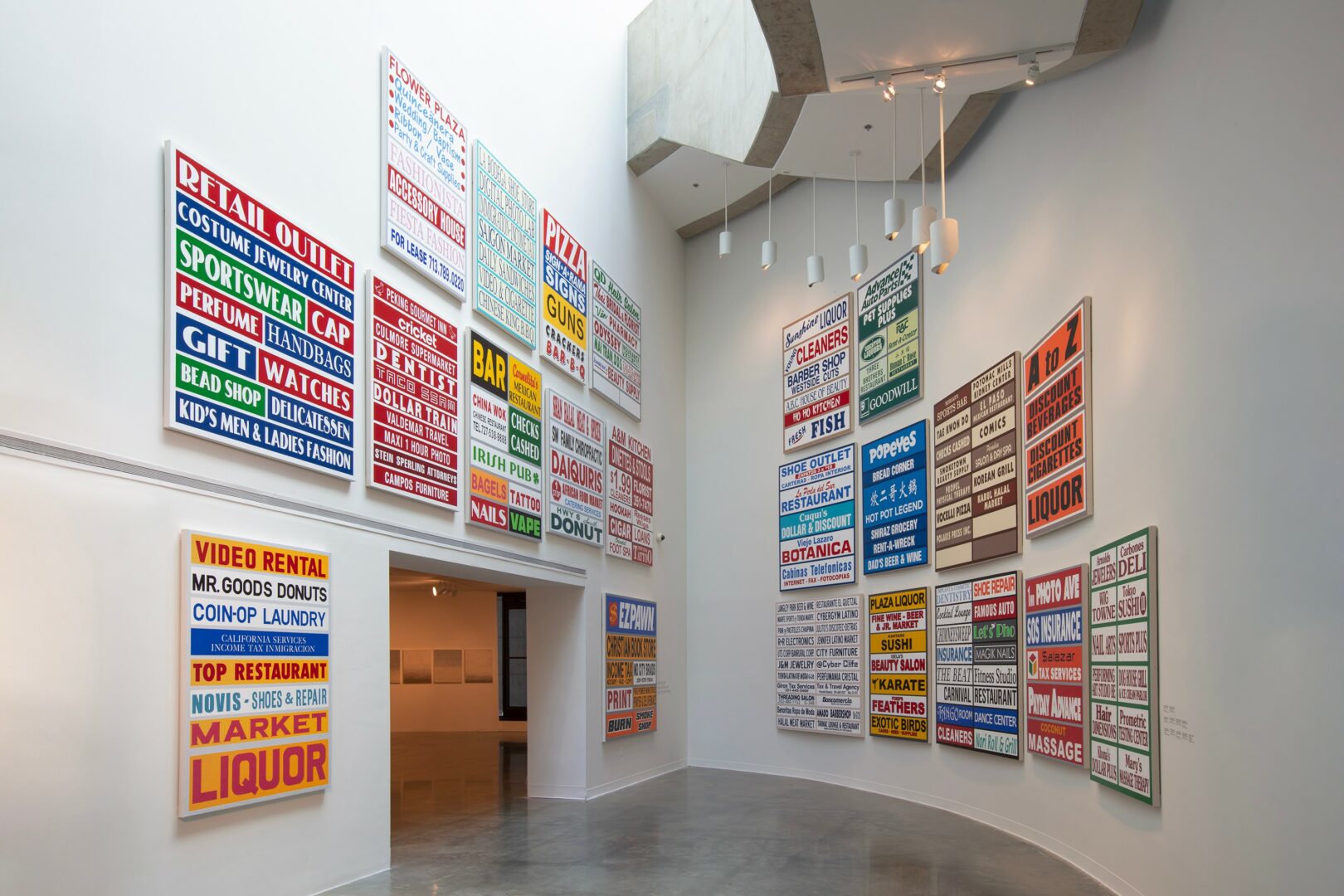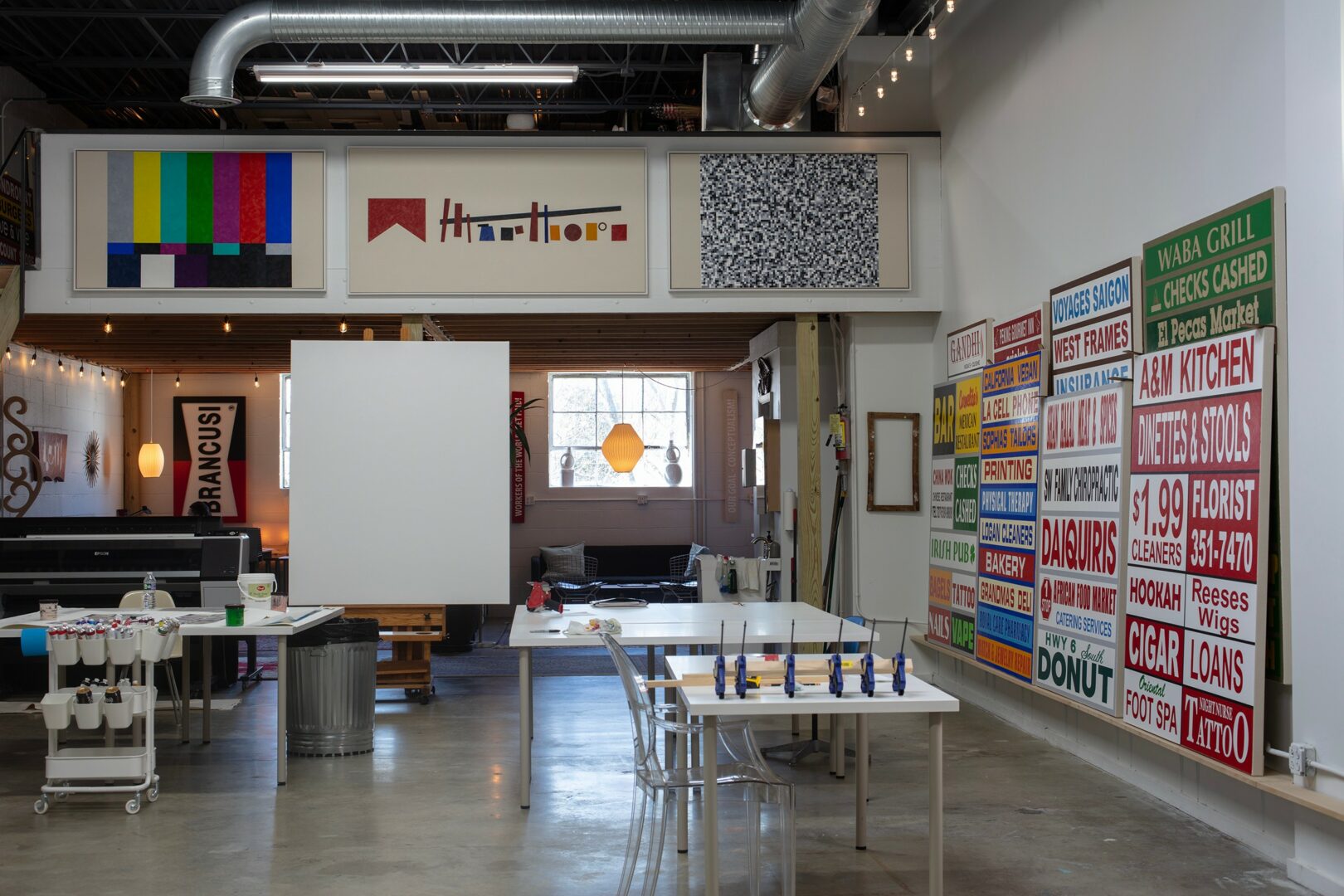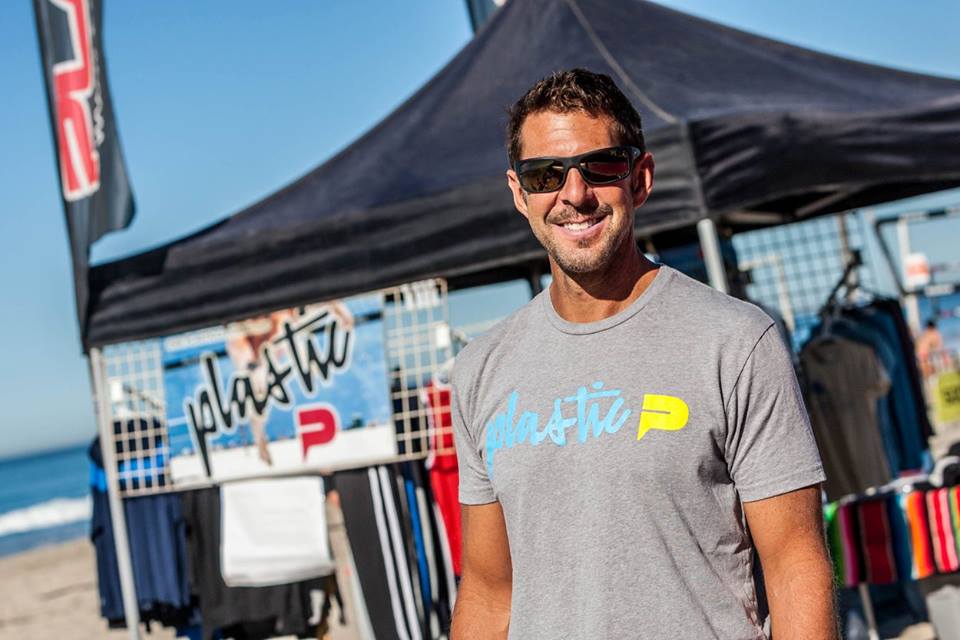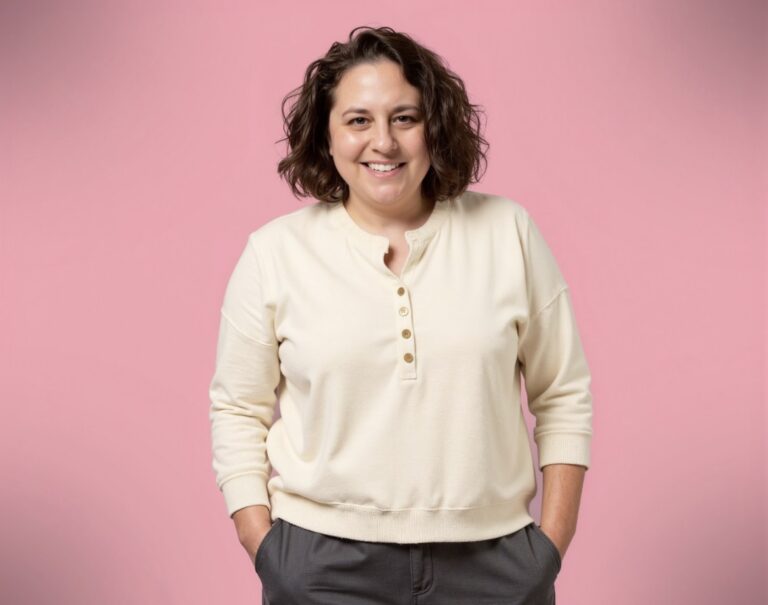We were lucky to catch up with Mark Kelner recently and have shared our conversation below.
Mark, so excited to have you with us today. So much we can chat about, but one of the questions we are most interested in is how you have managed to keep your creativity alive.
From a very young age, I just saw things in a different way. It was incredibly isolating, if not lonely. Lots of acting out. Lots of problems fitting in. And creativity at that time was more of a liability and, perhaps, a curse. The same goes for being a child of immigrant culture. I was first in my family born in America, having parents just arrived from the Soviet Union weeks before. Leaning in to that duality later in life, however, helped established the beginnings of a professional art practice. As did asking questions—about my own competing self-identities and what that look likes visually. But most importantly, what defines America and why?
It’s been a subject I’ve been obsessed with for decades and it’s like a faucet the never completely shuts off. Even when it drips, I’m always observant. Always taking photos. Making mental notes. Writing things down. Rewriting. Hanging out in used bookstores. I think of it as my job and as a way of staying sharp. The refraction of those devices and then the expression of whatever comes out of that is the actual ‘work’ in the studio. Yet, the ability to remain open to the world is key and that creativity the way I see it now, is an act of service: to the work, to the viewers, and to other artists. That’s my value to myself.
On the flip side of that is the idea of risk and artists need to take them. Often. I gave a great deal of thought before embarking on a very uncertain, fragmented future. What was my art going to be about? How was it going to look different than anything else I had seen? I’m always interested in the quest of self expression, but I’m also thinking about the circumstances of risk in the forging a path forward as a artist. I’m often reminded of the many Soviet non-conformist artists I got to know who put everything on the line to make art outside of the “official” style of Socialist Realism—and it cost them. I’ve always been inspired by those who found the courage move forward, regardless of whatever social and political obstacles they face. And that’s become one of the lenses by which I view art and art making.


Thanks for sharing that. So, before we get any further into our conversation, can you tell our readers a bit about yourself and what you’re working on?
I’m a visual artist and filmmaker based in Brooklyn and Washington, DC. My practice centers on the distortion of ubiquitous mass—cigarette labels, oil and gas station logos, fast food signs, and retail culture, among other touchstones. Moreover, my art documents and distorts imagery ranging from art history to pop culture revealing their inherent contradictions as familiar symbols of contemporary life: their false representation of ideas and their role as false idols propping up a system of consumerism where things and people are commodities.
For my latest exhibition, and my first solo museum show, “New American Landscapes,” I explore a broader argument for understanding what nature, environment, and landscape are in contemporary art right now. As an artist who identifies as “writerly” in his approach to all things visual, who is to say that my paintings, sourced from artifice, are any less earnest than what we consider to be still lifes or traditional landscapes? Above all, how do we define what a landscape is in the digital age, an era of forever text enabled by our smartphones? What is “art” supposed to look like in the time of alternative facts? And who, in reality, is the audience for this socially impactful work that engages viewers conceptually, emotionally, and physically?
Imagine walking into Times Square, but instead of neon lights and videos thrust upon you, a viewer is immersed in painterly recreations of strip mall signs with thick impasto, saturated colors, bold lettering, and unintentional graphic design, remade as purposeful and highly stylized works of art. The idea here is a simple one: in the suburbs I grew up in, these signs are my equivalent of trees, if not markers of time.
In my paintings, I isolate the raw material of collective signage, suggesting that they are really about a changing national identity—who we are by what we eat and how we consume. I explore how that can be expressed visually with multiple uses of text, typography, various languages, collage, and clip art logos. In short, my own family’s immigrant experience as told through the lens of what I and the audience see on the street. To a suburban kid on his bike, such signs or totems are the “New American Landscapes.”


There is so much advice out there about all the different skills and qualities folks need to develop in order to succeed in today’s highly competitive environment and often it can feel overwhelming. So, if we had to break it down to just the three that matter most, which three skills or qualities would you focus on?
I think it’s so important to surround oneself around like-minded folks. If I claim to be a writer, I would want to connect with other writers. If I claim to be a musician, starting a band seems like a good place for that. It can be an intellectual thing, a spark of energy, or just a vibe you can pick up on. Above all, I was lucky enough to fall into a community of artists that I didn’t necessarily know I was looking for. And the biggest obstacle in my way of finding that sooner was myself.
I took on a lot of odd jobs to support my early creative life: Fireworks salesman, light and sound technician for a theater company, hair model, and most all art-related gig work there was. The point being, I was always collecting—experience, anecdotes, and when exposed to art, a freedom to collage all of those facets into a mosaic of sorts. The decision to fuel my first body of work as my own conceptual autobiography didn’t just ‘click’. Rather, I had assembled core memories from which I could pick and choose to develop into a broader narrative. A lot of these came from signage and symbols. Some hazier reflections came forth from conversations with other artists who encouraged me to go “all in.”
My thinking remains that curiosity is a skill. It requires practice and patience. In so many ways, I started late, yet that very life experience outside of my future studio, helped define and informs how I approach what I do now on a daily basis. And my hope is that the more personal that is, the more universal it becomes for an audience.


To close, maybe we can chat about your parents and what they did that was particularly impactful for you?
I will never do anything as brave as what my parents did by getting on a plane in one country without knowing their destination in another—all in search of a better life for me. Our family immigration story keeps me rooted. As my folks escaped the Soviet Union, much of my creative work has been fueled by the parallel play of two cultures. Russian was my first language, though I was born and raised in the United States. That duality often serves as a doorway to new insights and never ending observations about life and various tensions in both of those worlds. I read it as Communism vs. capitalism, advertising vs. ideology, and as a bridge between East vs. West. We have McDonalds. They have Malevich. We have Macy’s. They have Marx. Those intersections are the origin story of my practice and are points of connection to my parent’s shared experience.
Contact Info:
- Website: https://www.markkelner.com
- Instagram: @markkelnerstudio


Image Credits
Mark Kelner Studio
so if you or someone you know deserves recognition please let us know here.




